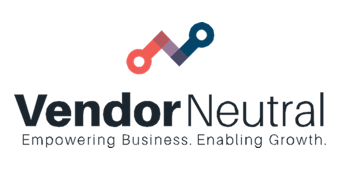
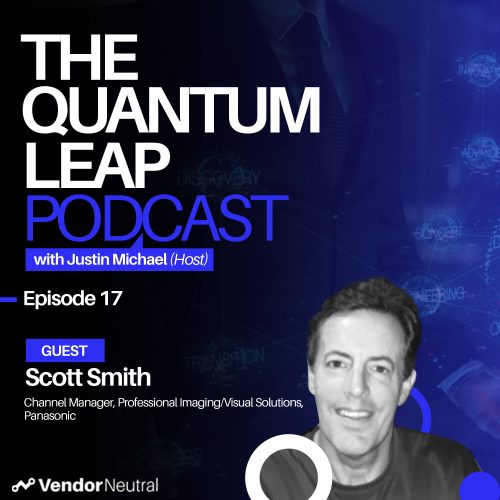

Leveraging Sales Technology in Enterprise Channel Sales | Start by identifying the problems you’re trying to solve
Episode 17 -
Scott Smith
Channel Manager, Panasonic's Visual Systems Solutions
Read Full Transcript
Leveraging Sales Technology in Enterprise Channel Sales | Start by identifying the problems you’re trying to solve
There’s always going to be a new widget out there that somebody can try but if it doesn’t fall into line with your business plan, it doesn’t make any sense. Listen in as Justin Michael discusses how to leverage sales technology in enterprise channel sales, the role of social media and ideas on how to approach digital innovation in our latest Quantum Leap Podcast with Scott Smith, Channel Manager, Panasonic’s Visual Systems Solutions.
Justin Michael Everyone, I’m Justin Michael, welcome back to Quantum Leap on the Vendor Neutral podcast in the Neutral Zone. I have with me Scott Smith, Channel Manager, Panasonic’s Visual Systems Solutions, and excited here to talk about the future of the enterprise. Sales, marketing, operations. How are you today? Scott?
Scott Smith I’m great, thanks. How are you doing today?
Justin Michael I’m great. You know, I’m just thinking about the next two or three years, the new normal, and trying to talk to thought leaders about quantum leaps, forward moves. What are you doing to innovate right now in these times?
Scott Smith Wow, that’s a great question, because obviously these are very challenging times and in fact, the meeting we had with our sales team last Friday, one of the points that I was trying to emphasize was that it’s not about following the rules or breaking the rules. Quite frankly, the time that we’re in right now, there are no rules and things keep changing every day. So, we have to be in a position to react to a situation and not always have all the information that we need and as we, but yet as we do that, we have to plan for the future. So, we have to think about what we’re doing today and its impact on the future whenever we get to whatever new normal is going to be.
Justin Michael Yes, I’d love to get into that strategically, when you think about what you’re doing in sales and the channel, can you tell me about how you’re approaching digital innovation now that things are in a remote context?
Scott Smith Yeah, so. One of the challenges that we have is that we have a very large reseller network that we work with. It’s over 800 partners and they’re getting bombarded every day with information, digital information, and sales pitches of all kinds. And so, one of our challenges is how do we stand out amongst everybody else. What we’re trying to do is collect as much data as we can relative to the goals and objectives of our division and then focus our efforts back to those resellers that match up with those goals and objectives. So, we’re talking about projectors, high-end projectors that are going to be used in a museum, for example. We don’t want to target our message to those resellers that we know don’t play in that space. Likewise, we have resellers that focus a lot of their time and effort energy on high-end, which is an area that we are a market leader. So, we don’t want to spend time with a message to them that doesn’t match up with what they’re what their business objectives are. We’re also trying to do some things that maybe aren’t as innovative, but they’re more old school, which is just reaching out and talking to people. Last week we had a call with over one hundred and fifty of our reseller partners where we just try to create an environment that was a little more relaxed. We tried to get some specific information across to them but try to do it in a fun way. We had some contests. We gave some gift cards away, things like that. But given the climate that we’re in today, sometimes it’s not a bad idea to step back and look at things to say, well, if everybody’s doing A maybe I’m going to try B. Maybe that gets somebody’s attention.
Justin Michael Yeah, that makes a lot of sense. So, what do you think when you think about tech stacks? What’s the role of, like, how you’re leveraging the digital tools, how you’re evaluating them, how you’re leveraging technology to improve the channel? Because there’s a lot, there’s an explosion of technology right now.
Scott Smith Yeah. So, we’re and we’re actually, as part of one of my main objectives is trying to figure out how we can use the various technologies that we have licensed at Panasonic to help us manage our, not only manage our resellers and help manage us during the sales process. And, you know, I think the first thing that we have to look at is what kind of problems are we trying to solve and why are those problems? Are they annoying, annoying problems? Or are these things that typically stand in the way of us really, really reaching out to our partners and moving the business forward? So, prior to doing or making any changes in any of the sales technologies that we use and one of the main ones is Salesforce, is it we looked at what are our three main objectives within the channel? What are we trying to accomplish? How are we going to try to reach our partners? And we identified what those three were, which are very simple. Increase, increase the level of communication, make it easier to do business with us. And the third one really centered around sort of our incentive programs and making sure that they get aligned with what our resellers are looking for. So, once we identified those three, then we began to look at the problems that we had in really trying to obtain those objectives. So, as we look at whether Salesforce or any other technology is number one, what kind of problem are you trying to solve? Number two, why are you trying to solve that problem? Does it really align with your goals and objectives? And number three, and maybe most critical of all. It is the implementation of this technology or even just altering the technology that we currently have. Does that create kind of a cultural shift in the way you do business? And what I found over my years of specifically working with Salesforce, not that this is a commercial for Salesforce, but any other type of product like that is that many times you’re creating a cultural shift in how the organization does business. So, you really have to then, as you’re thinking about how to implement and roll this out, you’ve got to think internally, how are the people on my team going to react to this? How are the people that we work with? How our extended team is going to react? What kind of training are we going to put in place to make sure that the message that we’re trying to get across in terms of effectiveness or efficiency, et cetera, is that message and it doesn’t get lost in the concept of change, which, as we all know, a lot of folks are not real accustomed, they don’t like change. I mean, that’s kind of the bottom line. And so how do you pull all this together, say, hey, this is all for the better of the organization, it’s better for our partners, et cetera, recognizing that people are going to be uncomfortable in this process.
Justin Michael So what is the role of, like marketing and sales in the channel, like how will this transform in the next to two to three years? And I talk a lot about the singularity and really far future, but I’m really just looking for practical strategies for leaders and C-level executives, who are listening in the enterprise to understand how to align sales and marketing, get ahold of their operations, leverage sales technology better ways, be more effective in the pandemic. So just looking for your advice on that element.
Scott Smith Well. So, again, I think if you go back to what kind of problem are you trying to solve? How are you going to solve them? But alignment, you mentioned the term alignment. I think it’s extremely critical because if your message is coming from like so if you take our sales process, we sell to distributors who in turn sell to resellers, who in turn sell to the end-user, and if we don’t align our strategies in such a way that they communicate that kind of singular message, then we have breaks in our system. And when you have that, then you start creating inefficiencies. So, when you’re you know, your kind of looking forward to the future, you’ve got to make sure your messages are aligned. You need to make sure the sales technology that you’re using, whatever it may be, is simple and it’s understood. You’ve got to train your folks not only on how to use it but why you’re using it. Why are we doing this? Why? Why is this going to make life better for us, better for our customers, better for the bottom line? And help them really understand and buy into the process and when they do that much greater opportunity for success. Technology, I’ve been in the technology space since 1985 and so to say that it changes fast is just that’s a simple statement. So the technology changes and it evolves, it iterates but the concept of why we’re doing it needs to remain the same. It’s got to fall in line with the business principles. It’s got to fall in line with the goals and objectives. There’s always going to be a new widget out there that somebody can try but if it doesn’t fall into line with your business plan, it doesn’t make any sense. And you wind up creating a lot more problems than really that you’re going to solve with whatever it is you’re trying to implement. So my advice to anybody that is looking at their sales technology stack and say, OK, what are we doing, from a sales and marketing perspective, et cetera, it’s got to be in alignment. It’s got to be a consistent flow. It’s got to be easy to understand that the team needs to understand why they’re doing it. And it really has to fit with your objectives, your goals, your business goals.
Justin Michael That’s great. So, who do you look to for inspiration on innovation, so many different thought leaders and talking heads, reports, analysts? What inspires you?
Scott Smith That’s a good question because a lot of times my inspiration comes from maybe some of the, you know, the oddest places, but I get a lot of feeds, just news feeds. And a lot of things from Inc. and I like to read articles about what people are doing, how they’re overcoming challenges. I tend to get, I think big. I tend to get my ideas from what I would say is the little guy, the people who are trying to figure out how to stay in business, especially in these times. What I would say that the true entrepreneur, the guy that’s out there trying to make it on a bootstrap, not necessarily the person that’s got millions or billions of dollars in funding, but the person that’s out there every day trying to figure out how do I make this business run? How do I make it grow on a limited budget, a limited staff? And there’s a lot of stories out there, whether it’s from the local news or whether it’s from Inc. Magazine or any of the others that are out there. A lot of really good stories and then you kind of look at what they did and how they did it. And then those kinds of things say, all right, well, how does that apply to my business and how can I, you know, kind of become that entrepreneur, if you will, even though there’s a big company behind me? How do we make that work? just like the little guy, if you will, we’ve got budgets to and we don’t have a blank check or a bottomless pit in terms of money. So, we really have to watch our dollars as well, so we have to get creative.
Justin Michael Yeah, that’s all really good advice. What are you focused on, like the next six to 18 months when it comes to, you know, some of your goals, some of your initiatives to be innovative, to be you know, you’ve been in a space a long time? What kind of technologies are you reviewing potentially of coming in? We’re Vendor Neutral, we’re looking at helping people buy sales technology, understand technology, leverage sales technology it, you know, dos and don’ts, cautionary tales. I’m a big fan of old school approaches being the new school. Sometimes it’s like no tooling at all. But I mean, I’m just curious what’s on your radar and what you can advise people to be looking at?
Scott Smith Yeah. So, the next 18 months for us is all about growing a specific segment of our business. And so, in order for us to do that, we have to understand who they are, what they do, how they function, how they make money, something that somebody told me a long time ago. If you want to help someone, you need to show them how to make money. So, it’s not just a matter of, hey, here’s our product, here’s the speeds and fees, here’s how you position it. But you then take it to the next level, and this is how you actually go out, find new markets and make money with our product. Years ago, I was fortunate enough to be in a company called Promethean, which is a British company that started up here in the US in two thousand and four, and I joined them in two thousand and five. And we had a certain segment of resellers that we kind of took that message to. You know here’s our product, here’s how you position it but based on the skills and the tools and the experience that our resellers brought to this, we were able to craft solutions that were unique to the industry and unique to those resellers. And those resellers, even today, are probably the most successful of the Promethean resellers. And so, we’re trying to do the same thing in our space at Panasonic. Is how can we leverage the expertise and the kind of the nuances that a particular reseller brings to the table, utilize our products to deliver a solution that is unique to them? That is how they’ll be able to differentiate themselves from the market. So back to your kind of your old-school comment there, one of the ways we’re going to do it is just we’re going to create we’re going to accelerate how often we reach out to our resellers and talk to them. And we’re going to find out what is it that makes them tick and what kind of markets are they where are they strong in? What are they weak in? What are their strengths, what are their weaknesses? And how can we help them? And how can we show them how to make money? So, you know, on the technology side, it’s a matter of cleaning up what we already have, making sure that the information we have is accurate. We’re going to look for some new tools in terms of marketing and scoring some of the marketing leads that we get so that we’re able to utilize our time in the most effective and efficient manner. But for us, and it’s a lot of just back to basics, you know, we’ll certainly utilize some of the tools that we have to, again, become a little more efficient, track information that we’re getting back, a lot of what we’re going to do in terms of just reaching out to our partners is going to be in a trackable format. So, we’ll be able to analyze that data and look at things and say, OK, here’s some trends that we’re seeing. So, these are areas that we want to maybe put some more emphasis behind versus some of the others. We’ll use some tools for automation in terms of contacting those partners and maybe if we were to rank them A, B, and C maybe they’re on the lower scale there, but we don’t want to forget about them. So, we put some tools in to automate some of our communication, so at least we’re reaching out to them on a regular basis, so they don’t forget us, also track any of their responses so we see the things started to trend up with them, it alerts us to reach out and talk to them as well.
Justin Michael What is the role of social media? Are you leveraging, social selling and LinkedIn in a big way? How’s that going?
Scott Smith There was something. I’ve been on LinkedIn for a long time and quite honestly, I didn’t really use it to I mean, anywhere near its potential. All right, so keep I touch with the folks I’ve worked with, congratulate them on a promotion or whatever, but really didn’t use it to, I think, anywhere near its potential. So, in the last few months, though, I’ve started a little experiment where I start posting some things that are relevant to our business. Panasonic does a nice job of collecting a lot of that stuff for us, allows us to then look at different things and say this one looks pretty good. You hit the post button and add a couple of comments and boom, you’ve now created a post, but more importantly, tracking not only the people that are not only the number of views that I might get or the number of likes, but who are those people and are they, why are they liking it? And then from there, we’ve just formed a committee within my team to kind of study some of this stuff so that we’re beginning to identify who’s following us and why are they following us? And so, we’re going to try to expand that a little bit more, because as we kind of model this, we’re kind of muddling our way through it at this point. We’d like to be able at some point to then demonstrate this to our resellers who are interested and say, hey, look, here are some of the things we’re doing, feel free to take what we’re doing and repost it and let us be the guinea pig, so to speak, in terms of how to do this. And if you like what you see, then you can copy what we’re doing. But it’s definitely something that we are going to try to, try to kick it up a notch, because me from a personal standpoint, I just haven’t done, I haven’t done it justice and I think from a, from our business unit perspective, we really haven’t spent as much time working with it as we should have.
Justin Michael Fantastic, well this been a great conversation, where can people find you and find more value?
Scott Smith Well, I am on LinkedIn, Scott Smith, and Panasonic is probably the easiest place, Scott dot Smith at US dot Panasonic dot com. And I’m always happy to chat, I think one of the things that I try to pride myself on is if somebody sends me a message, even if somebody’s trying to sell me something, I will respond because I’m a sales guy and I know how frustrating and difficult it is and I know we’re all getting bombarded by stuff, but I will respond. And, you know, maybe hey, listen, thanks for reaching out, but I’m not interested at this time, but I will, I’ll respond and, will connect, and you just never know that down the line where the paths may cross again. So. I will definitely respond.
Justin Michael In closing. What’s your favorite quote? I’m curious.
Scott Smith My favorite quote, my favorite quote is probably you can lead a horse to water, but a pencil must be lead. I don’t know where I heard that or why, but I’ve used it many times and nobody understands why, but I like it.
Justin Michael That’s great. Well, thanks so much for being with us, Scott Smith from Panasonic, and thanks for tuning into the Quantum Leap Podcast on Vender Neutral in the neutral zone, I’m Justin Michael signing off and have a great one.
Scott Smith Thank you.
To get started building your optimum sales technology stack, try our Sales Technology Selector. We’ll provide you with a customized report identifying the sales technology solutions that meet your needs. Already know the category of sales technology you need? Use our Certified Sales Technology profiles to find all the details you need to make a decision about which solution is the best sales technology for your organization.
Interested in hearing more Quantum Leap Podcast Episodes?
-
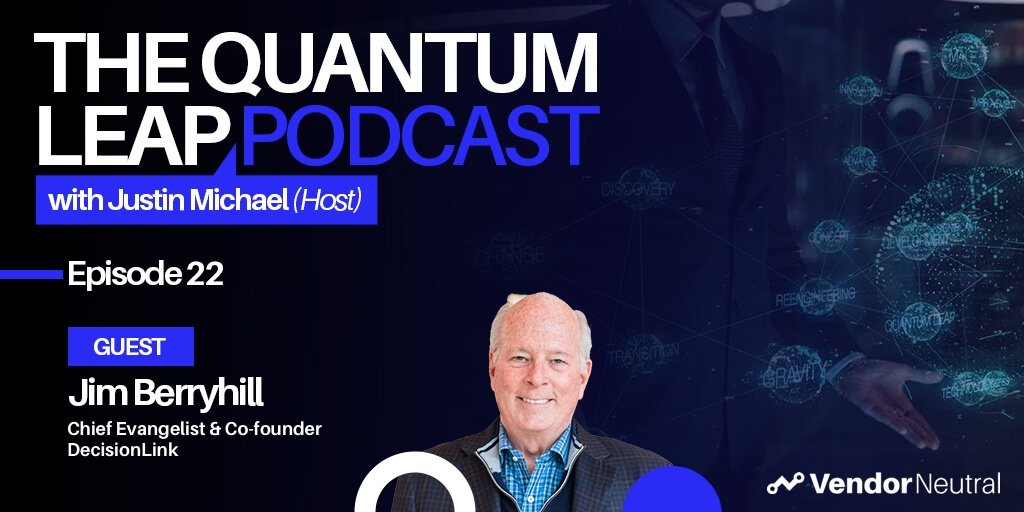 4 Opportunities For Massive Growth In Customer Value Management4 Opportunities For Massive Growth In Customer Value Management
4 Opportunities For Massive Growth In Customer Value Management4 Opportunities For Massive Growth In Customer Value Management -
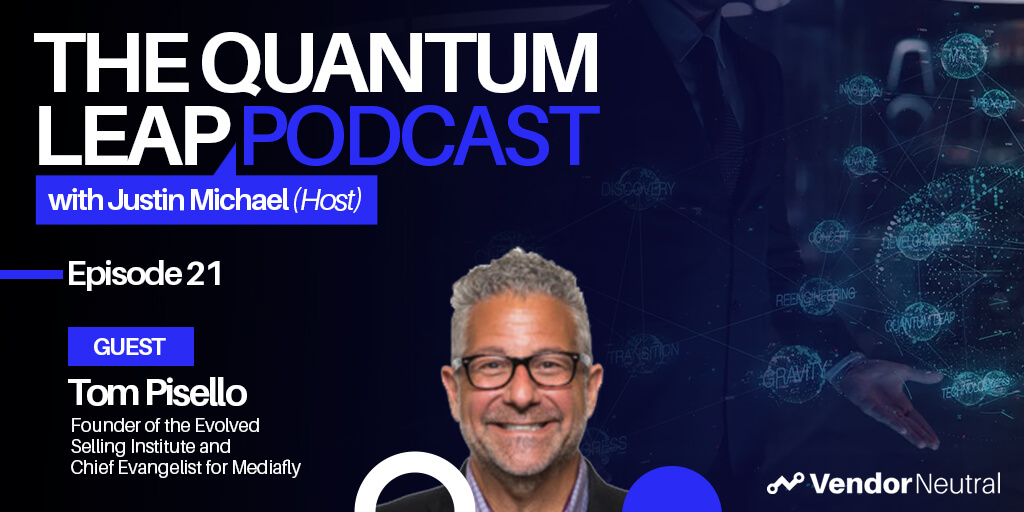 Closing the Customer Engagement Gap | Showing A Clear Case of ROIClosing the Customer Engagement Gap | Showing A Clear Case of ROI
Closing the Customer Engagement Gap | Showing A Clear Case of ROIClosing the Customer Engagement Gap | Showing A Clear Case of ROI -
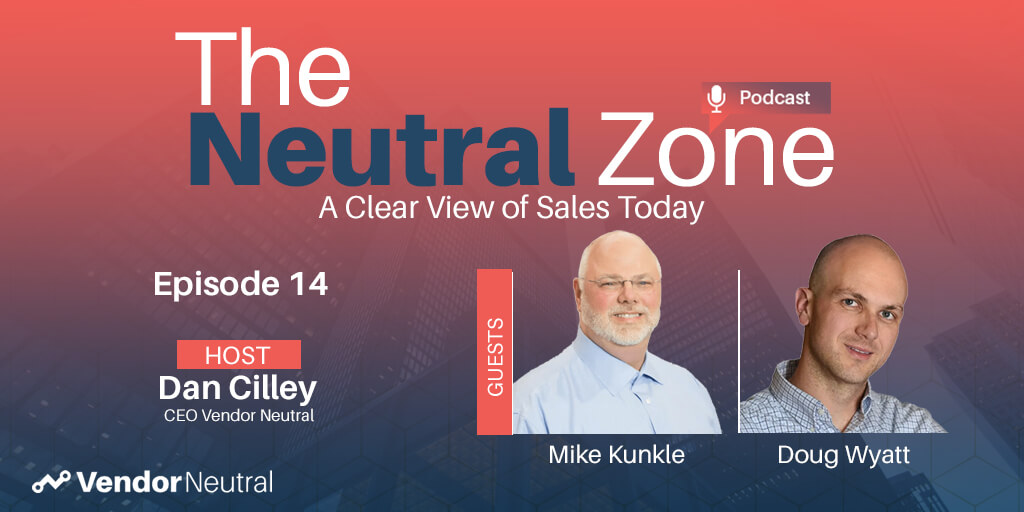 Buyer-Centric Selling | Modern Sales Foundations Virtual Sales TrainingBuyer-Centric Selling | Modern Sales Foundations Virtual Sales Training
Buyer-Centric Selling | Modern Sales Foundations Virtual Sales TrainingBuyer-Centric Selling | Modern Sales Foundations Virtual Sales Training -
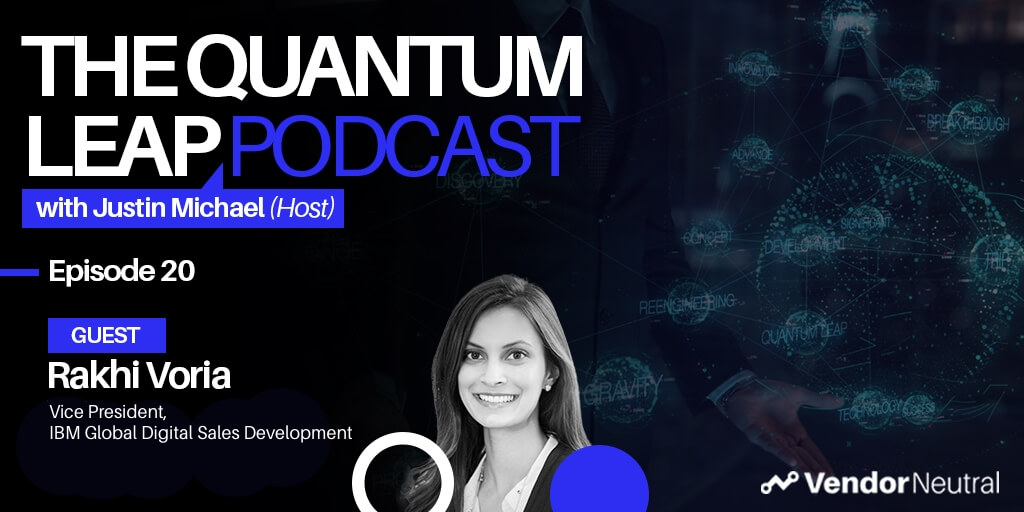 Biggest Trends in Digital TransformationBiggest Trends in Digital Transformation
Biggest Trends in Digital TransformationBiggest Trends in Digital Transformation -
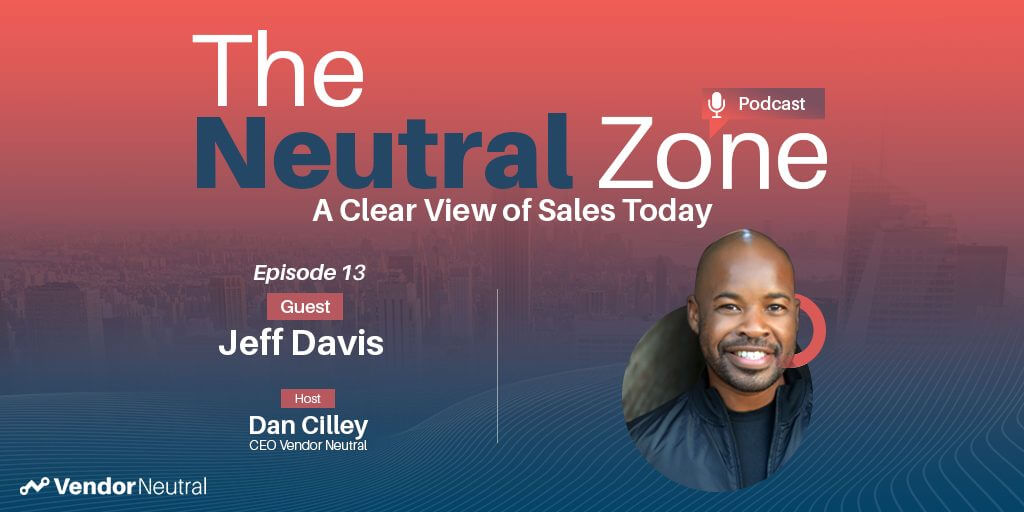 Focus on These 3 Things for Sales Technology AdoptionFocus on These 3 Things for Sales Technology Adoption
Focus on These 3 Things for Sales Technology AdoptionFocus on These 3 Things for Sales Technology Adoption -
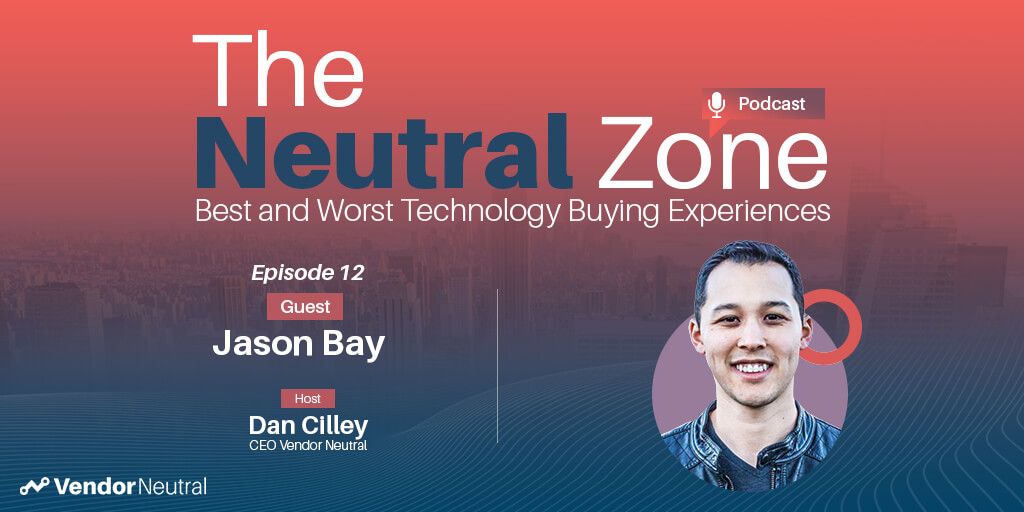 For Sales Technology Buyers A Customer Success Strategy is KeyFor Sales Technology Buyers A Customer Success Strategy is Key
For Sales Technology Buyers A Customer Success Strategy is KeyFor Sales Technology Buyers A Customer Success Strategy is Key -
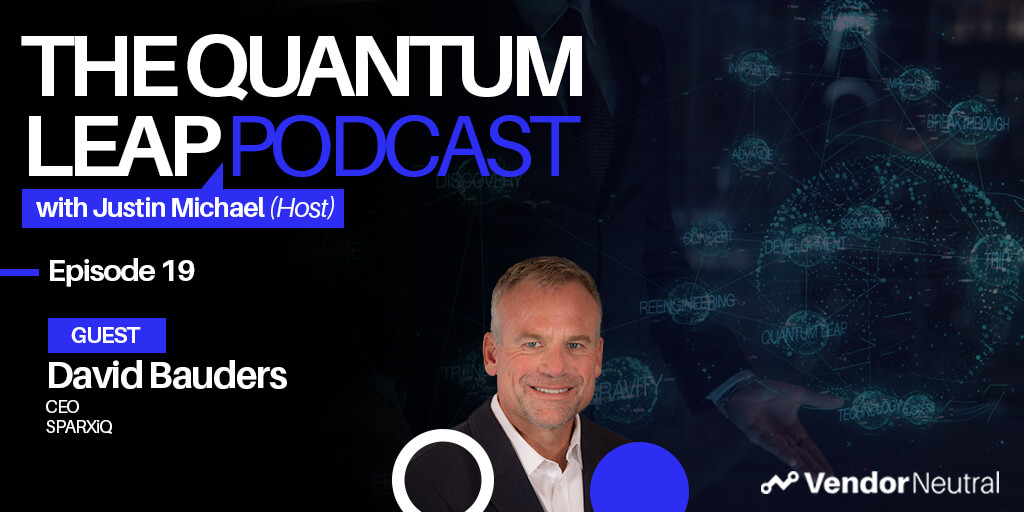 The Future of Sales TrainingThe Future of Sales Training
The Future of Sales TrainingThe Future of Sales Training -
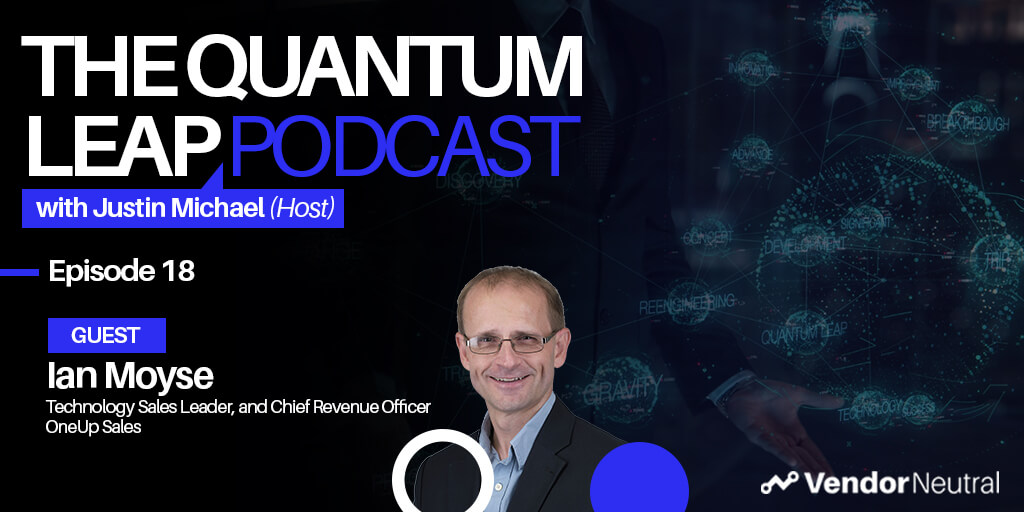 Sales Enablement to Generate Revenue in 2021 and BeyondSales Enablement to Generate Revenue in 2021 and Beyond
Sales Enablement to Generate Revenue in 2021 and BeyondSales Enablement to Generate Revenue in 2021 and Beyond -
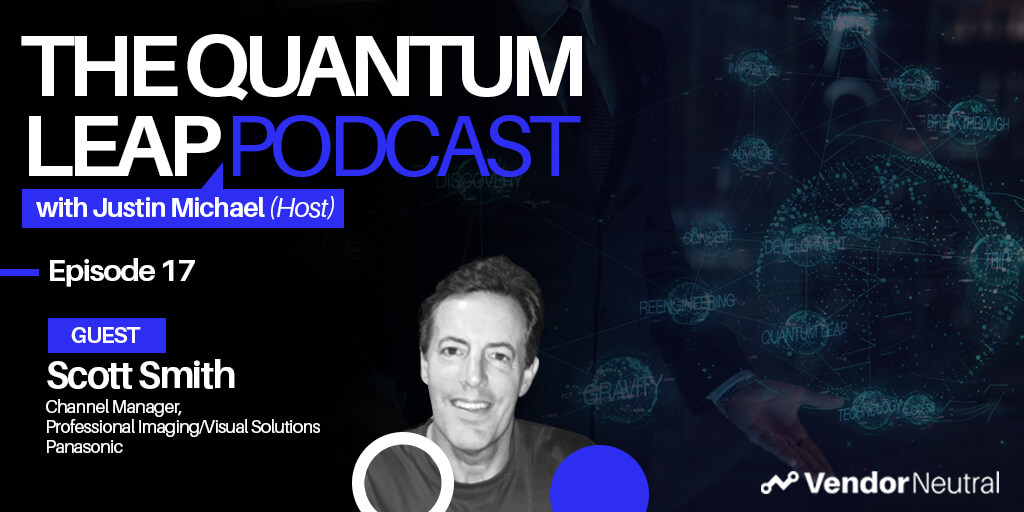 Leveraging Sales Technology in Enterprise Channel Sales | Start by identifying the problems you’re trying to solveLeveraging Sales Technology in Enterprise Channel Sales | Start by identifying the problems you’re trying to solve
Leveraging Sales Technology in Enterprise Channel Sales | Start by identifying the problems you’re trying to solveLeveraging Sales Technology in Enterprise Channel Sales | Start by identifying the problems you’re trying to solve -
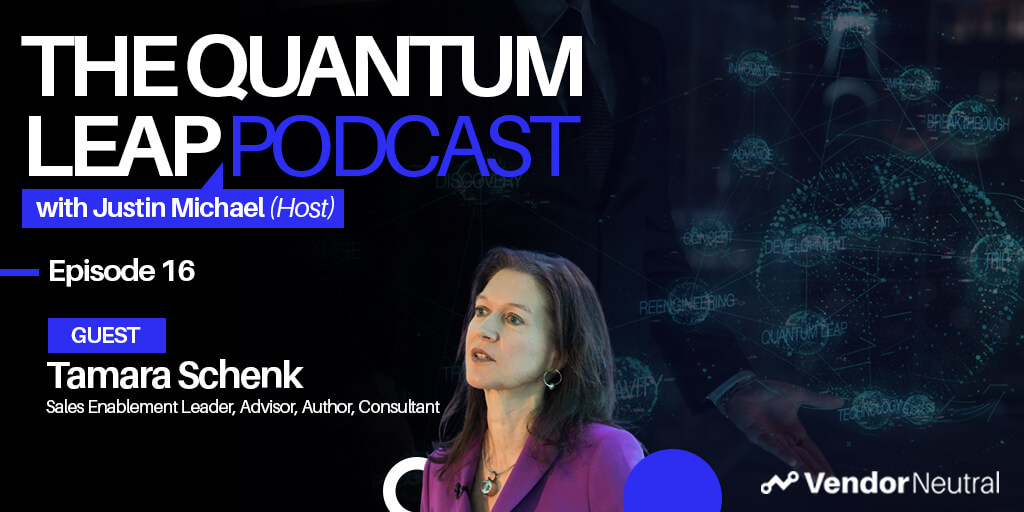 The One Question to Ask Before Sales Technology Implementation to Ensure the Success of Your Enablement InitiativeThe One Question to Ask Before Sales Technology Implementation to Ensure the Success of Your Enablement Initiative
The One Question to Ask Before Sales Technology Implementation to Ensure the Success of Your Enablement InitiativeThe One Question to Ask Before Sales Technology Implementation to Ensure the Success of Your Enablement Initiative -
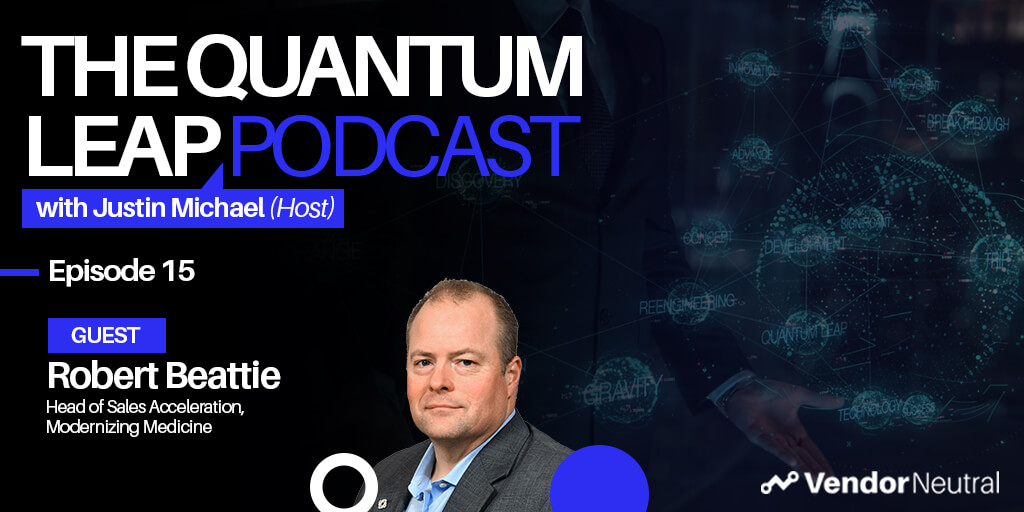 Digitally Enabled Enterprise Sales - Technology & Skills You'll Need in 2025Digitally Enabled Enterprise Sales - Technology & Skills You'll Need in 2025
Digitally Enabled Enterprise Sales - Technology & Skills You'll Need in 2025Digitally Enabled Enterprise Sales - Technology & Skills You'll Need in 2025 -
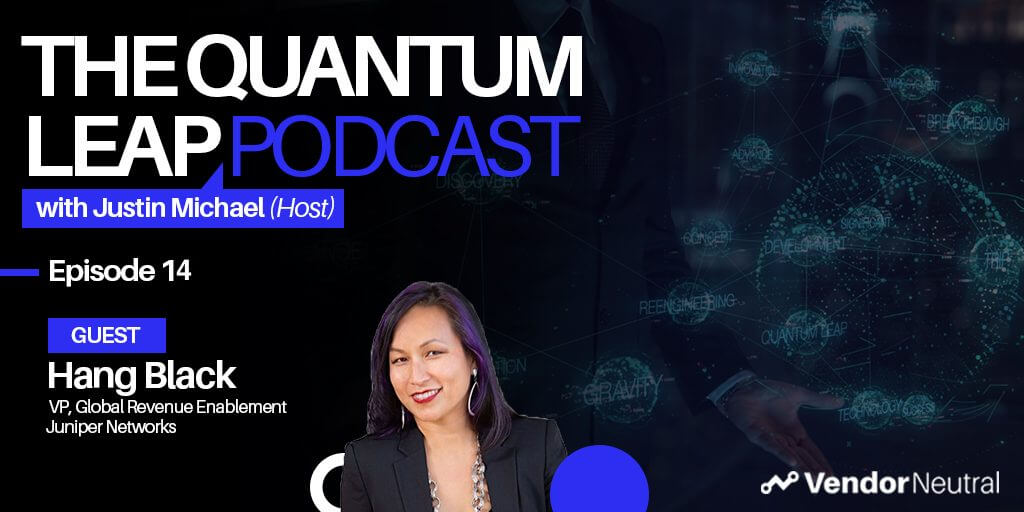 A Look Into The Future of Sales EnablementA Look Into The Future of Sales Enablement
A Look Into The Future of Sales EnablementA Look Into The Future of Sales Enablement -
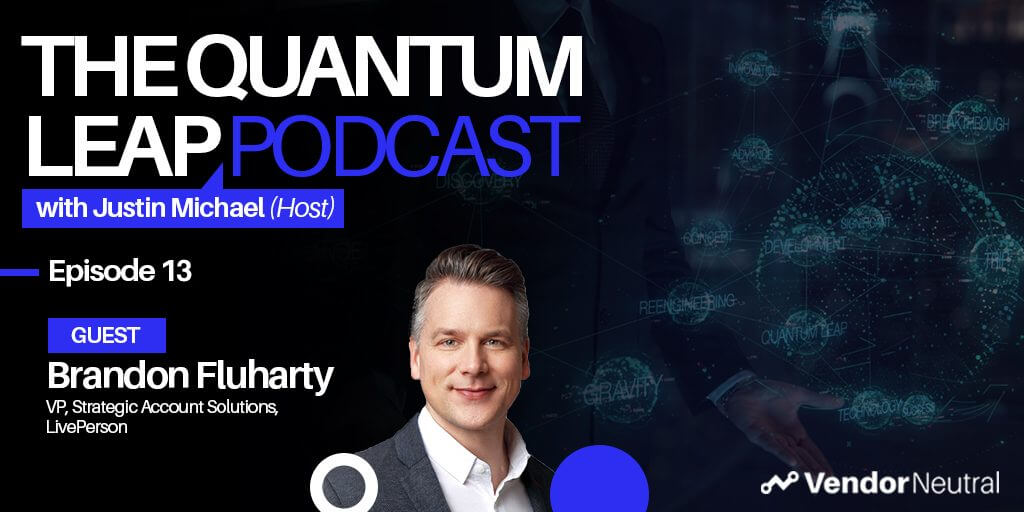 3 Ways Sales Technology will Shape the Future of Strategic Selling & Enterprise Sales3 Ways Sales Technology will Shape the Future of Strategic Selling & Enterprise Sales
3 Ways Sales Technology will Shape the Future of Strategic Selling & Enterprise Sales3 Ways Sales Technology will Shape the Future of Strategic Selling & Enterprise Sales -
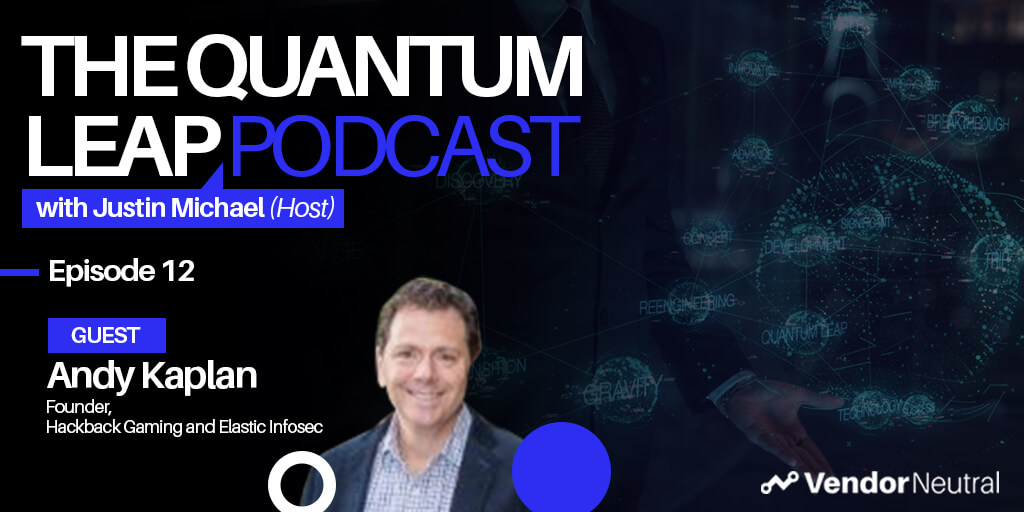 Future of Sales in the EnterpriseFuture of Sales in the Enterprise
Future of Sales in the EnterpriseFuture of Sales in the Enterprise -
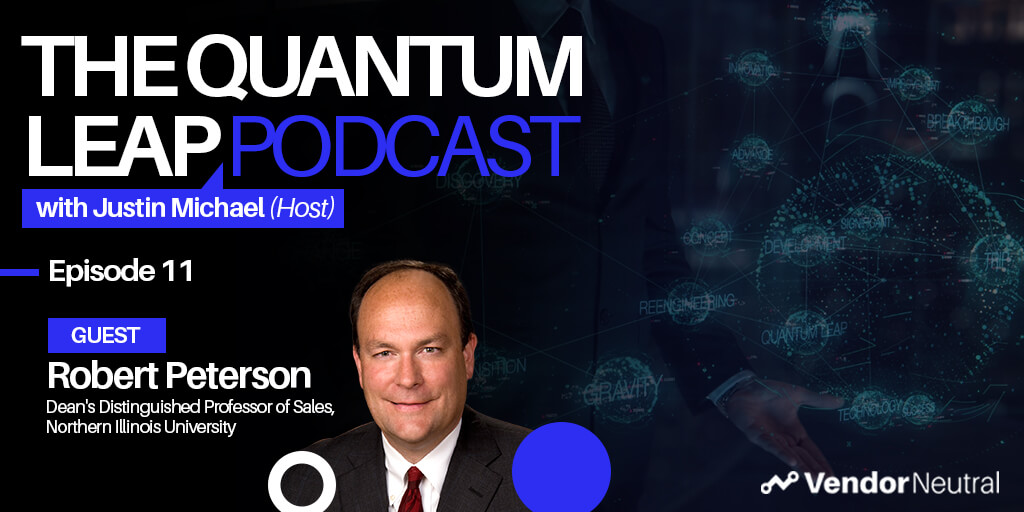 Developing the Revenue Leaders of TomorrowDeveloping the Revenue Leaders of Tomorrow
Developing the Revenue Leaders of TomorrowDeveloping the Revenue Leaders of Tomorrow -
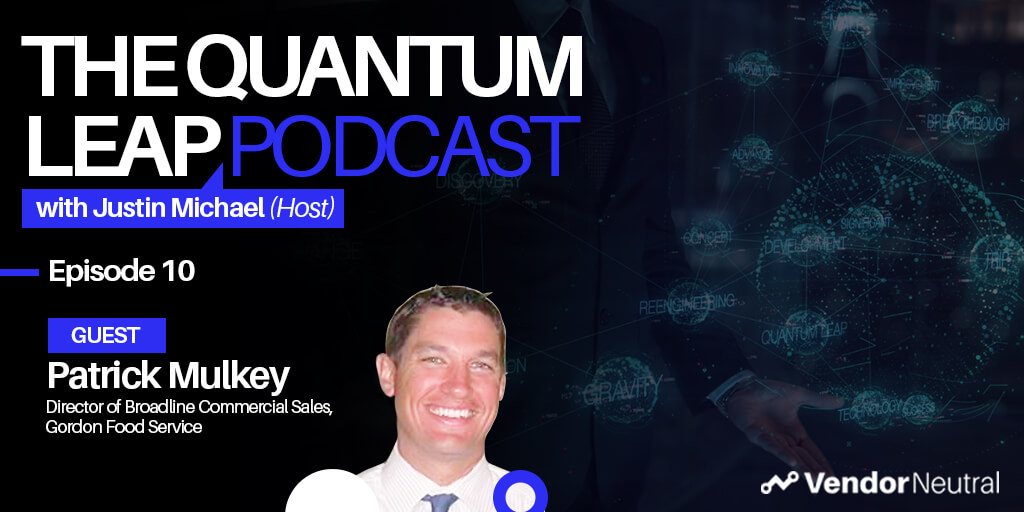 Evaluating and Updating Your Enterprise Sales Technology StackEvaluating and Updating Your Enterprise Sales Technology Stack
Evaluating and Updating Your Enterprise Sales Technology StackEvaluating and Updating Your Enterprise Sales Technology Stack -
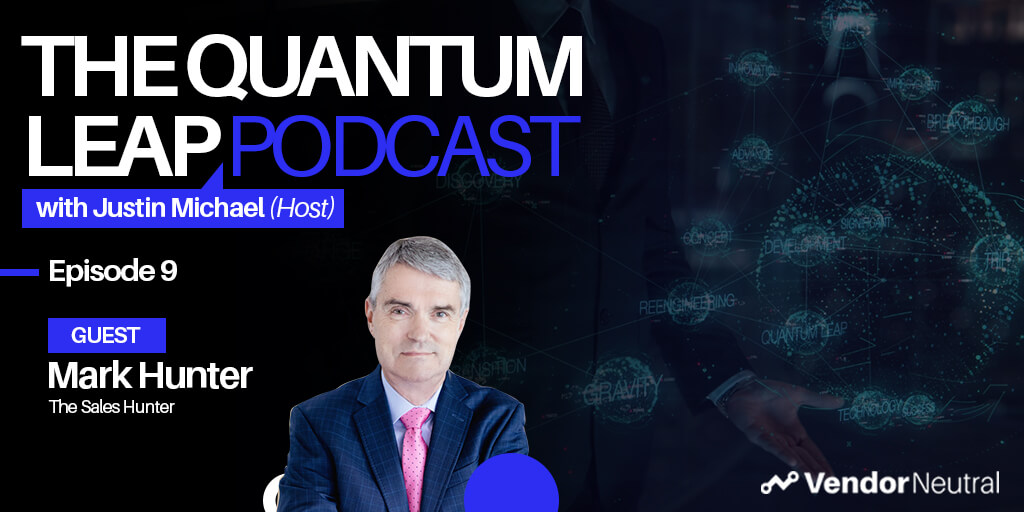 How-to Connect With Enterprise Buyers When Selling From HomeHow-to Connect With Enterprise Buyers When Selling From Home
How-to Connect With Enterprise Buyers When Selling From HomeHow-to Connect With Enterprise Buyers When Selling From Home -
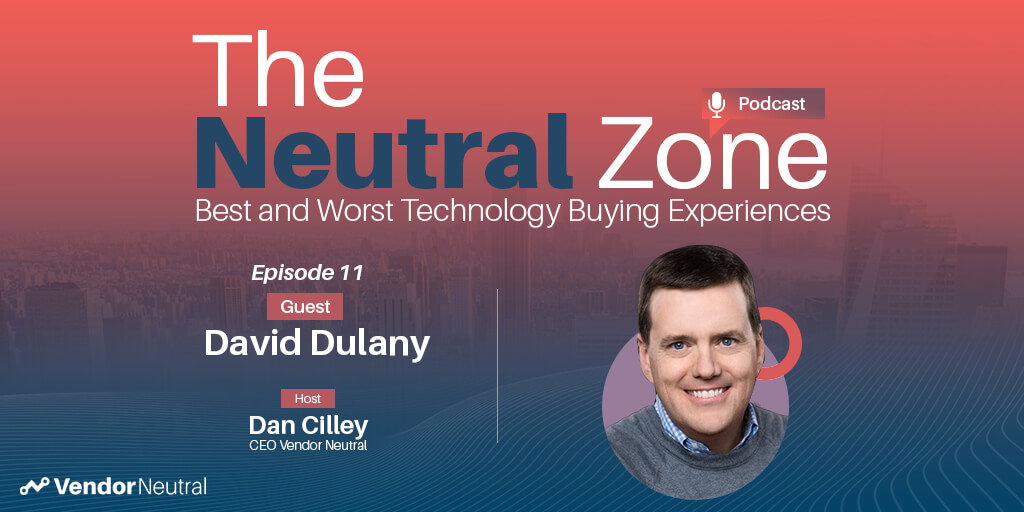 Is the Sales Technology Buying Process Over Engineered?Is the Sales Technology Buying Process Over Engineered?
Is the Sales Technology Buying Process Over Engineered?Is the Sales Technology Buying Process Over Engineered? -
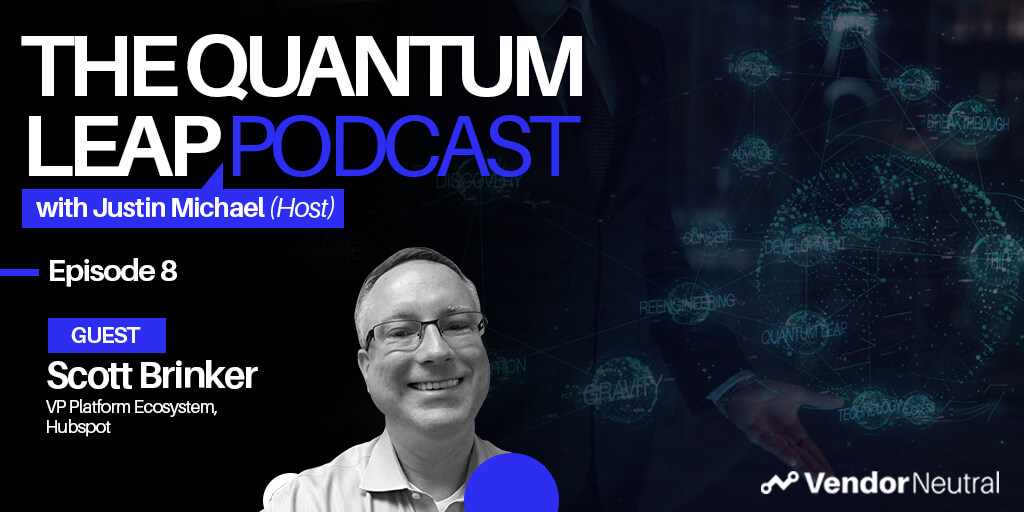 Tangible Ways to Digitally Transform Enterprise OrganizationsTangible Ways to Digitally Transform Enterprise Organizations
Tangible Ways to Digitally Transform Enterprise OrganizationsTangible Ways to Digitally Transform Enterprise Organizations -
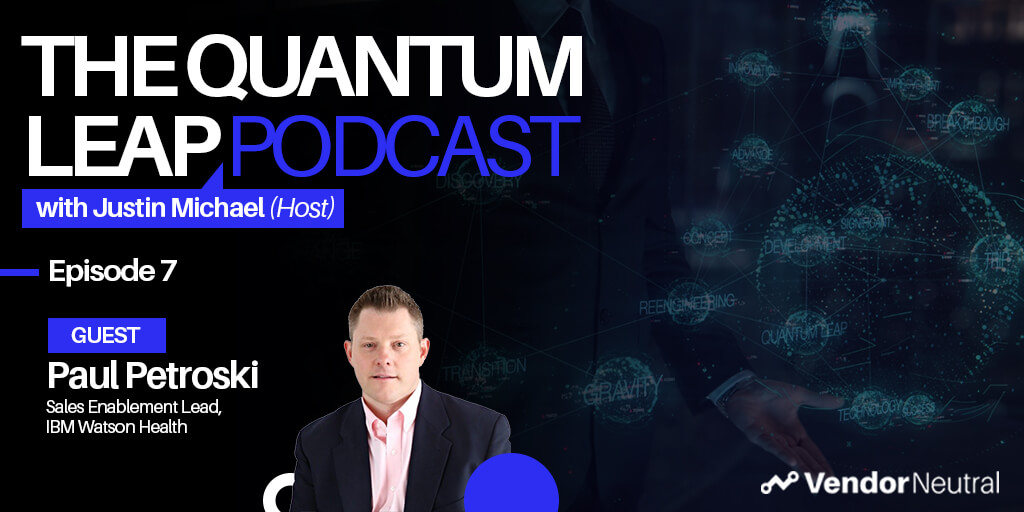 Quantum Leap Podcast Episode 7Quantum Leap Podcast Episode 7
Quantum Leap Podcast Episode 7Quantum Leap Podcast Episode 7 -
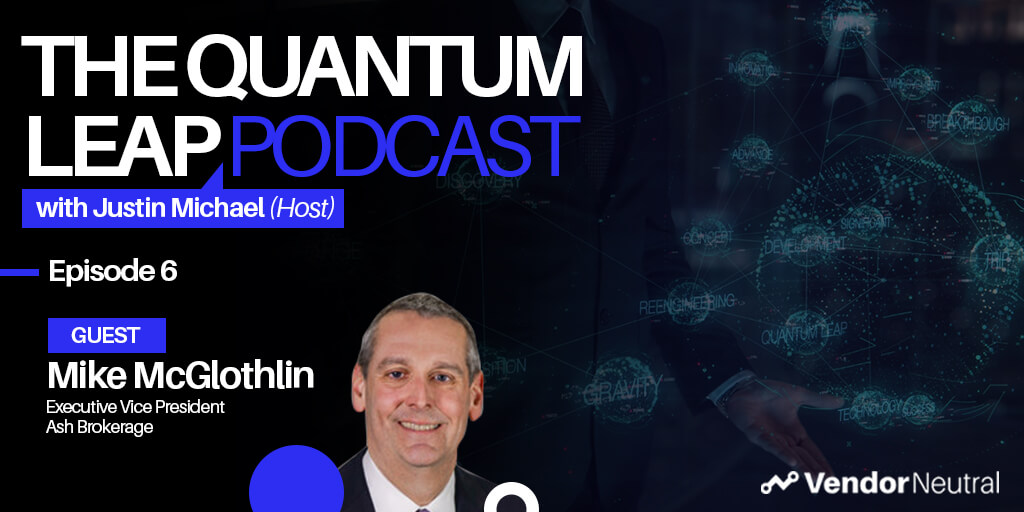 How Sales Technology is Making an Impact in the Financial SpaceHow Sales Technology is Making an Impact in the Financial Space
How Sales Technology is Making an Impact in the Financial SpaceHow Sales Technology is Making an Impact in the Financial Space -
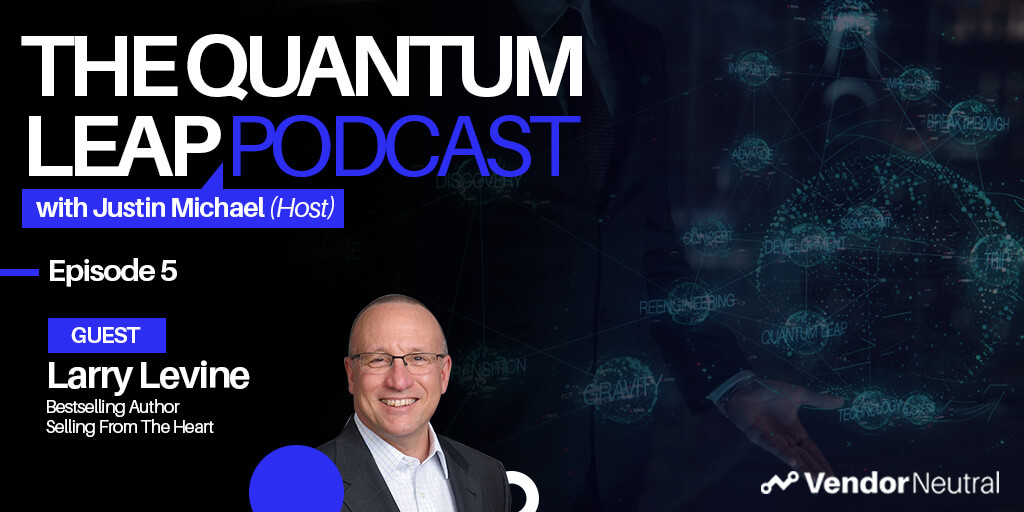 Quantum Leap Podcast Episode 5Quantum Leap Podcast Episode 5
Quantum Leap Podcast Episode 5Quantum Leap Podcast Episode 5 -
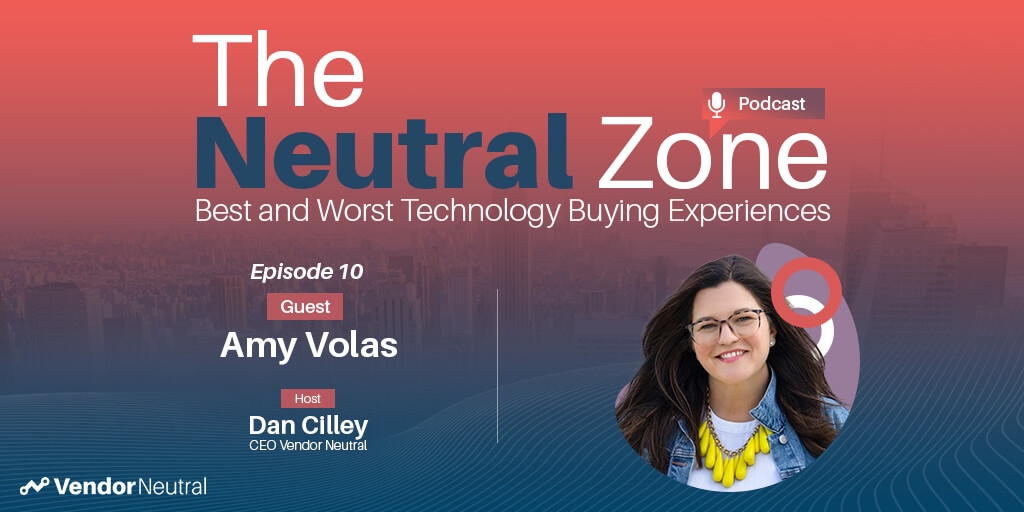 Clear View of Sales Episode 10 with Amy VolasClear View of Sales Episode 10 with Amy Volas
Clear View of Sales Episode 10 with Amy VolasClear View of Sales Episode 10 with Amy Volas -
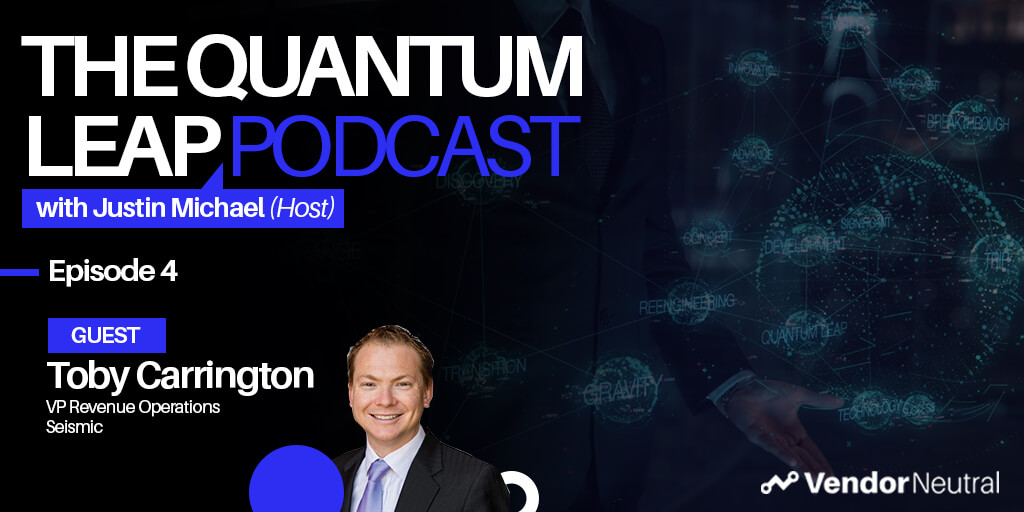 Quantum Leap Podcast Episode 4: Transforming Your Enterprise TechStack, The Future is Bright!Quantum Leap Podcast Episode 4: Transforming Your Enterprise TechStack, The Future is Bright!
Quantum Leap Podcast Episode 4: Transforming Your Enterprise TechStack, The Future is Bright!Quantum Leap Podcast Episode 4: Transforming Your Enterprise TechStack, The Future is Bright! -
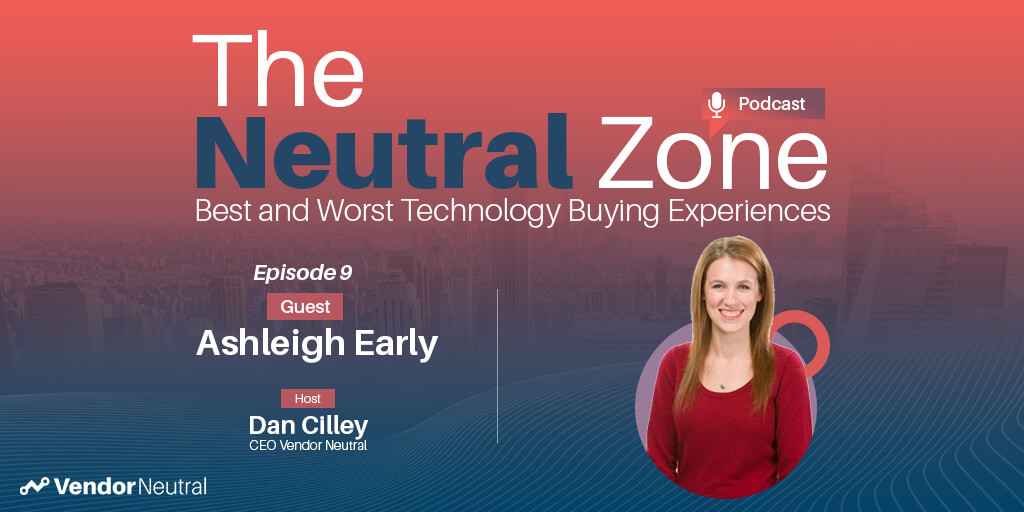 Clear View of Sales with Ashleigh Early:Clear View of Sales with Ashleigh Early:
Clear View of Sales with Ashleigh Early:Clear View of Sales with Ashleigh Early: -
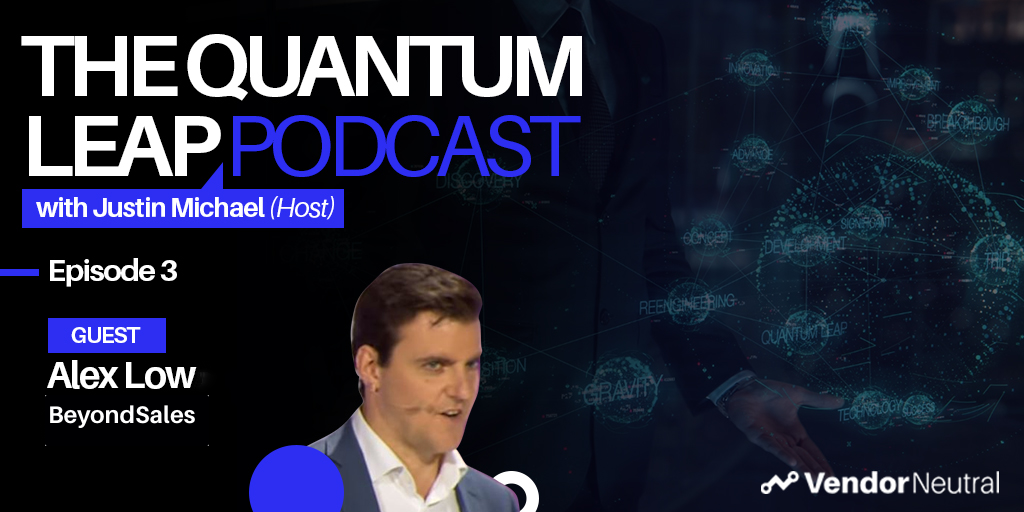 Quantum Leap Episode 3: Unlock the Mystery of Enterprise TransformationQuantum Leap Episode 3: Unlock the Mystery of Enterprise Transformation
Quantum Leap Episode 3: Unlock the Mystery of Enterprise TransformationQuantum Leap Episode 3: Unlock the Mystery of Enterprise Transformation -
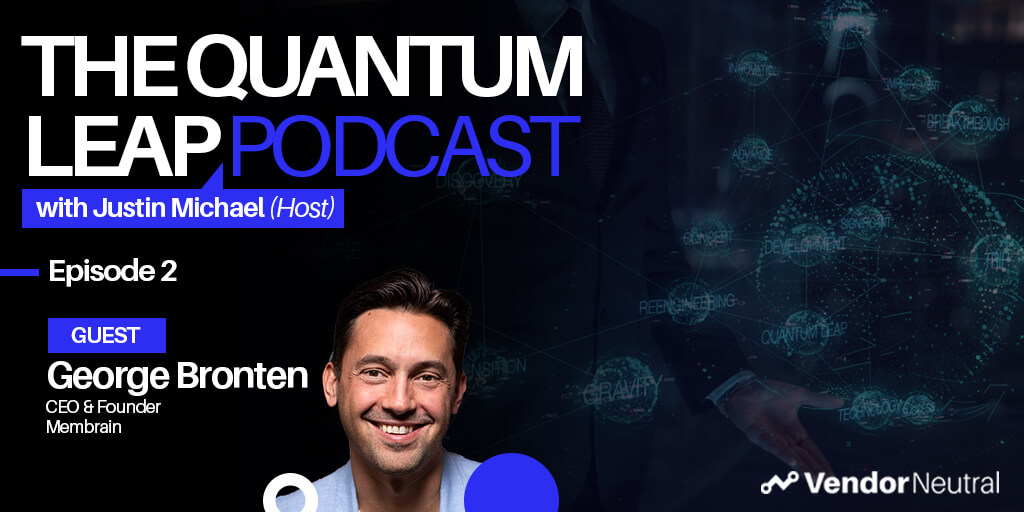 Quantum Leap Podcast Episode 2Quantum Leap Podcast Episode 2
Quantum Leap Podcast Episode 2Quantum Leap Podcast Episode 2 -
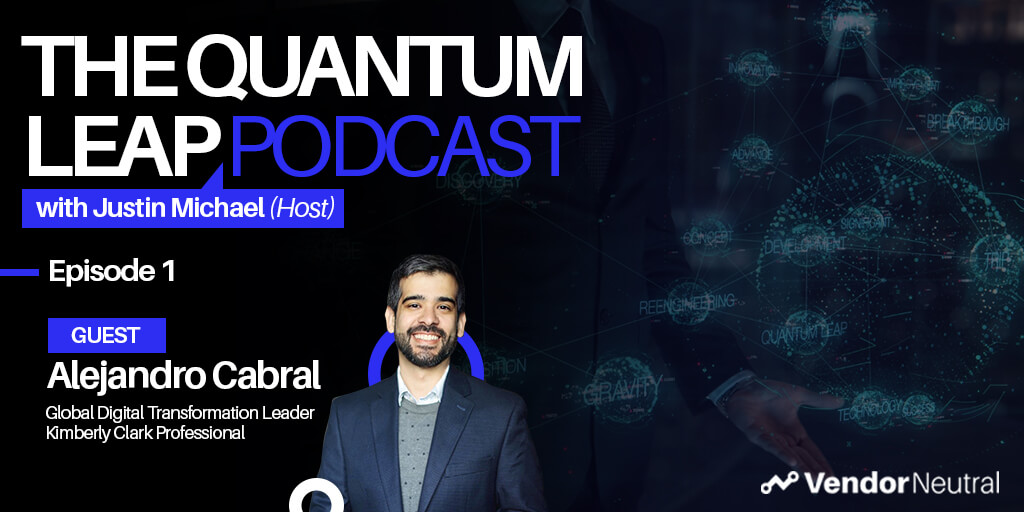 Quantum Leap Podcast Episode 1Quantum Leap Podcast Episode 1
Quantum Leap Podcast Episode 1Quantum Leap Podcast Episode 1 -
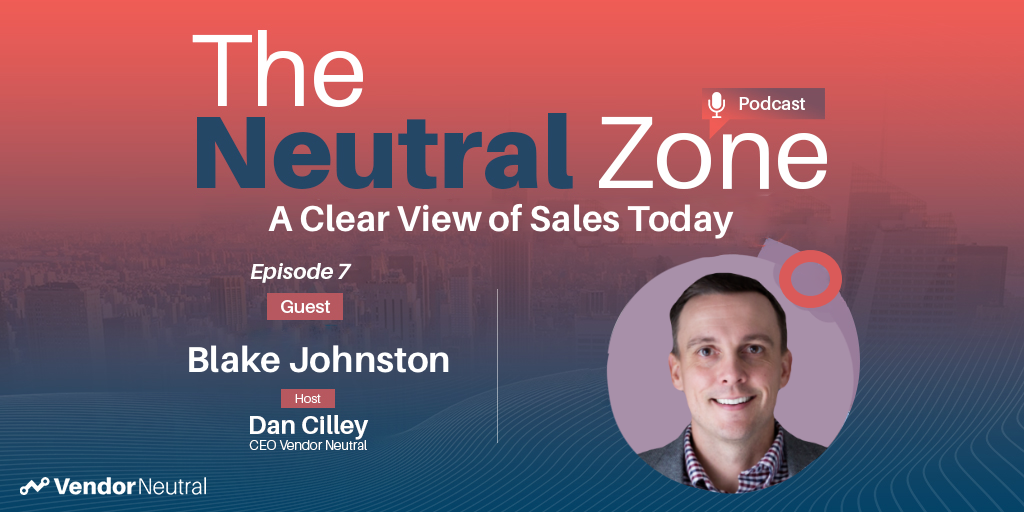 The Best & Worst B2B Technology Buying Experiences With Blake JohnstonThe Best & Worst B2B Technology Buying Experiences With Blake Johnston
The Best & Worst B2B Technology Buying Experiences With Blake JohnstonThe Best & Worst B2B Technology Buying Experiences With Blake Johnston -
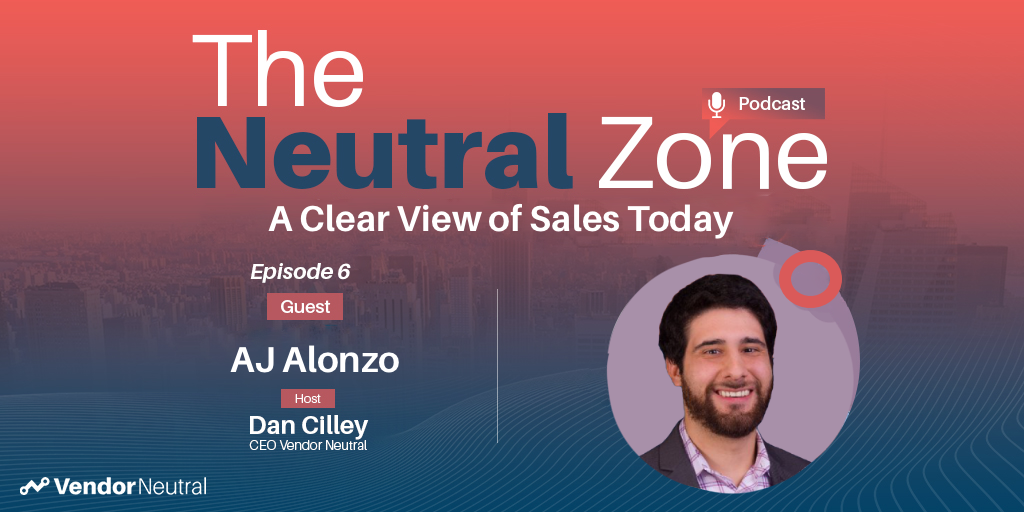 The Best & Worst B2B Technology Buying Experiences With AJ AlonzoThe Best & Worst B2B Technology Buying Experiences With AJ Alonzo
The Best & Worst B2B Technology Buying Experiences With AJ AlonzoThe Best & Worst B2B Technology Buying Experiences With AJ Alonzo -
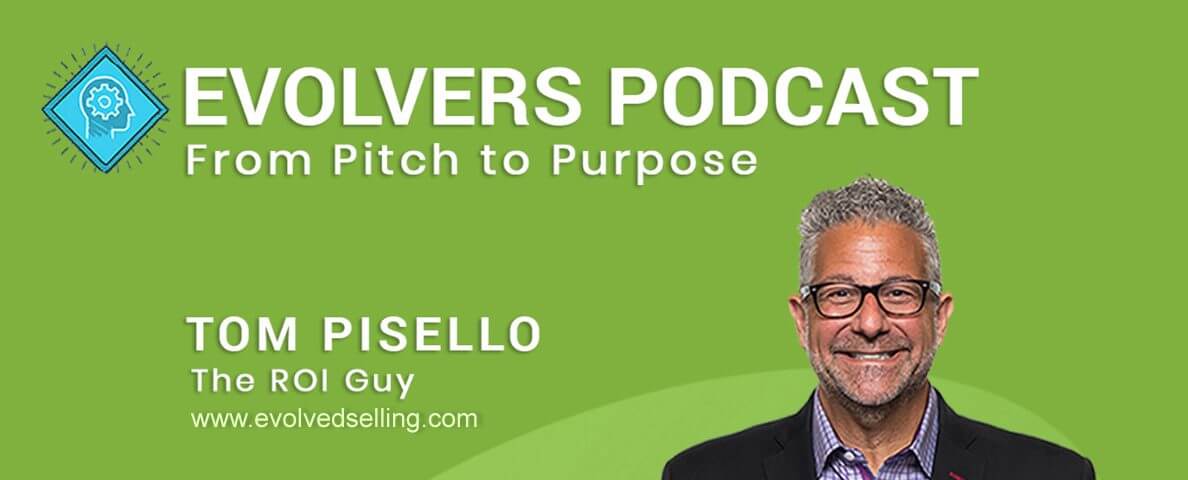 Evolvers Podcast: The Democratization of Sales Enablement? With Dan CilleyEvolvers Podcast: The Democratization of Sales Enablement? With Dan Cilley
Evolvers Podcast: The Democratization of Sales Enablement? With Dan CilleyEvolvers Podcast: The Democratization of Sales Enablement? With Dan Cilley -
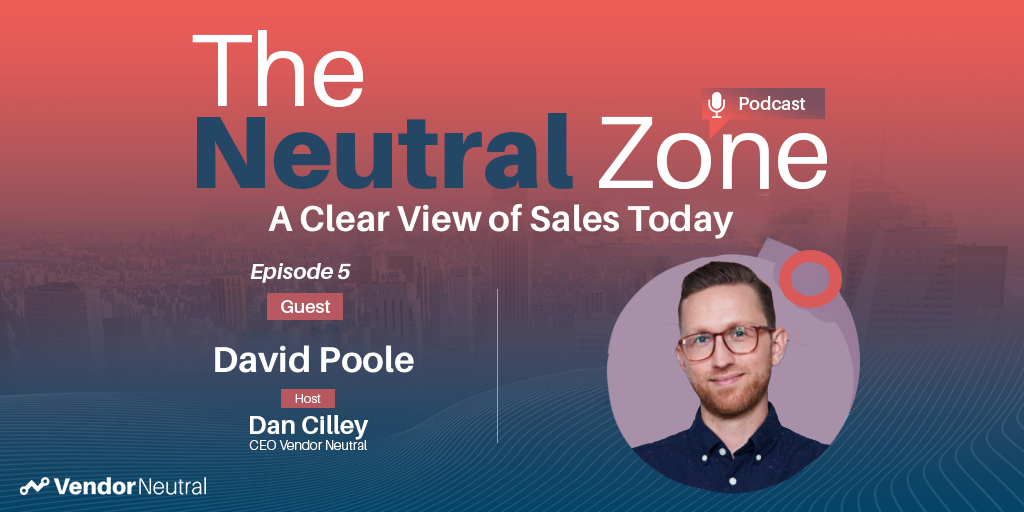 The Best & Worst B2B Technology Buying Experiences With David PooleThe Best & Worst B2B Technology Buying Experiences With David Poole
The Best & Worst B2B Technology Buying Experiences With David PooleThe Best & Worst B2B Technology Buying Experiences With David Poole -
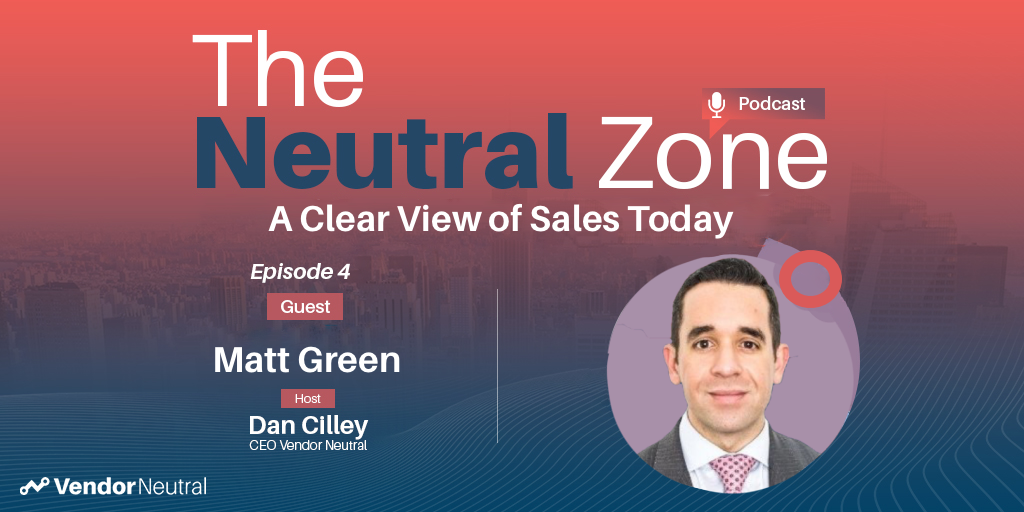 The Best & Worst B2B Technology Buying Experiences With Matt GreenThe Best & Worst B2B Technology Buying Experiences With Matt Green
The Best & Worst B2B Technology Buying Experiences With Matt GreenThe Best & Worst B2B Technology Buying Experiences With Matt Green -
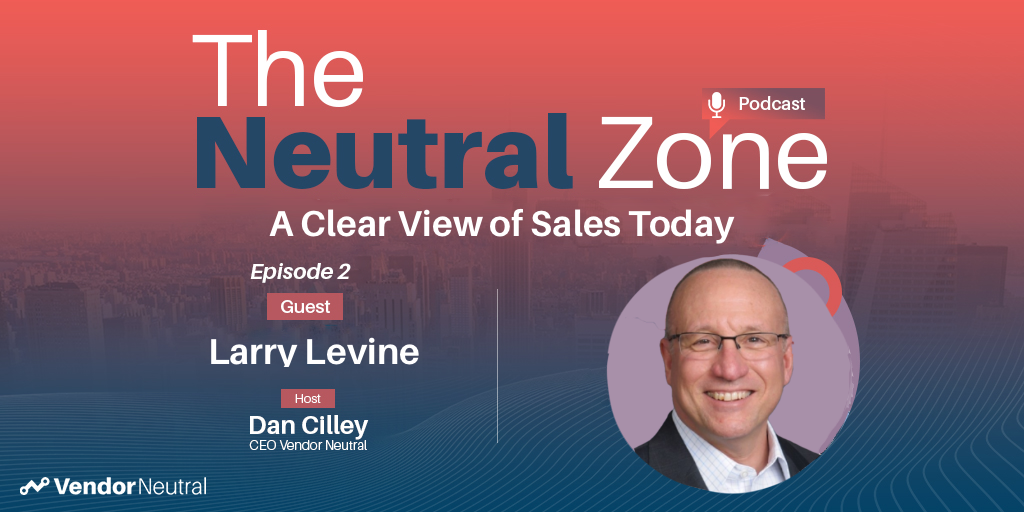 The Best & Worst B2B Technology Buying Experiences with Larry LevineThe Best & Worst B2B Technology Buying Experiences with Larry Levine
The Best & Worst B2B Technology Buying Experiences with Larry LevineThe Best & Worst B2B Technology Buying Experiences with Larry Levine -
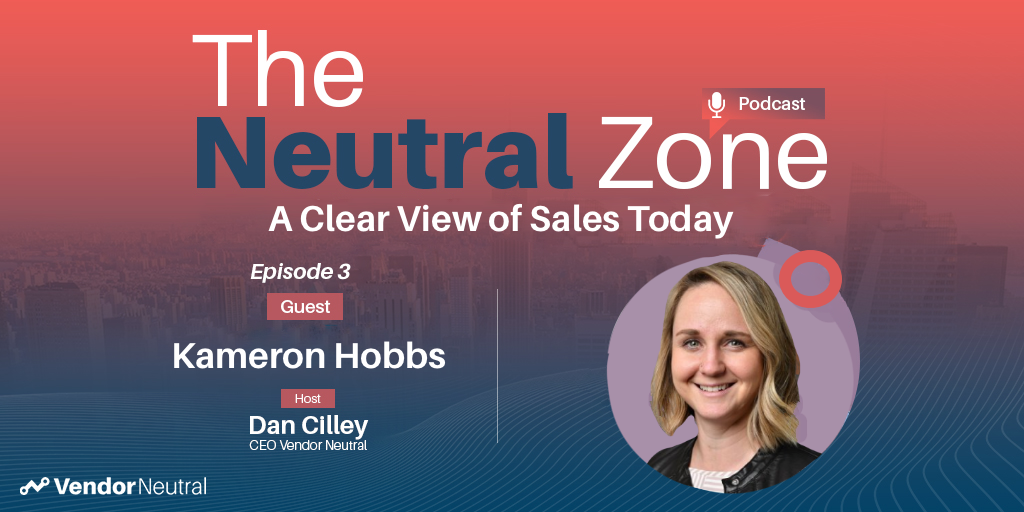 The Best & Worst B2B Technology Buying Experiences with Kameron HobbsThe Best & Worst B2B Technology Buying Experiences with Kameron HobbsVideo
The Best & Worst B2B Technology Buying Experiences with Kameron HobbsThe Best & Worst B2B Technology Buying Experiences with Kameron HobbsVideo -
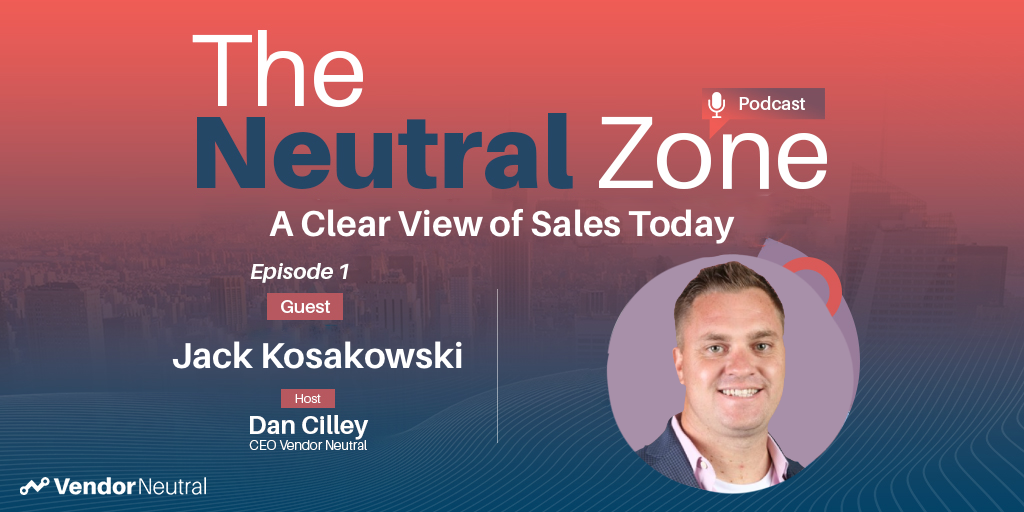 The Best & Worst B2B Technology Buying Experiences with Jack KosakowsiThe Best & Worst B2B Technology Buying Experiences with Jack KosakowsiPodcast
The Best & Worst B2B Technology Buying Experiences with Jack KosakowsiThe Best & Worst B2B Technology Buying Experiences with Jack KosakowsiPodcast
